From May 6 to June 29, 2025 Tornabuoni Arte presents at its Milan headquarters the exhibition CASORATI. Silences and Assonances, to explore the artistic universe of Felice Casorati, a central figure in20th-century Italian art. The exhibition ideally fits into the context of the extensive anthological exhibition dedicated to the artist currently underway at Palazzo Reale, also in Milan, creating a conceptual link between the two exhibitions.
Casorati’s artistic path was rich and varied: starting from a naturalistic imprint, he crossed the Symbolist current to finally arrive at magical realism. His production, strongly influenced by artists such as Gustav Klimt and Piero della Francesca, is distinguished by a precise compositional layout, rigorous geometry and extraordinary formal clarity. His canvases, with original perspectives and meticulous attention to detail, convey a sense of unreality and inner reflection.
At Tornabuoni Arte, Casorati’s works will be related to those of other important artists of the last century, in a dialogue of shared atmospheres, suggestions and themes. Eleven of Casorati’s most emblematic works, defined as the painter of silence and mystery, in which his extraordinary ability to immortalize moments of stillness and recollection, intimacy and introspection, will be on display. These will be compared with paintings by other masters, establishing “assonances” through thematic and stylistic juxtapositions. For example, Il Mattino (Maternity) and Le Stiratrici (The Ironers), both dated 1954, will dialogue with Massimo Campigli’s Figure femminili (1952), in a confrontation on the theme of motherhood, domestic affections and suspended everyday life. Casorati’s Study for Giovinetta (1922) will find an echo in Mario Sironi’s Figures in Red (circa 1957), again addressing the theme of silence as a central element and as a vehicle for representing the existential condition of contemporary man.
The sense ofexpectation will be interpreted through the work Woman with Cards (against a background of fields) (1954), juxtaposed with Giorgio de Chirico’s Il Trovatore (1968), in which enigmatic atmospheres and classical references merge into a metaphysical pictorial language. The theme of the mask, a symbol of shifting identity and mystery, will be at the center of the comparison between Casorati’s Head in Plaster with Red Drape (1952) and two works by Gino Severini: Still Life with Ruins, Pigeons and Statue (1931) and The Balcony (la fenêtre) (circa 1930). This was followed by Behind the Scenes (1929), placed in relation to Composition (the idol) (circa 1958) by Mario Sironi.
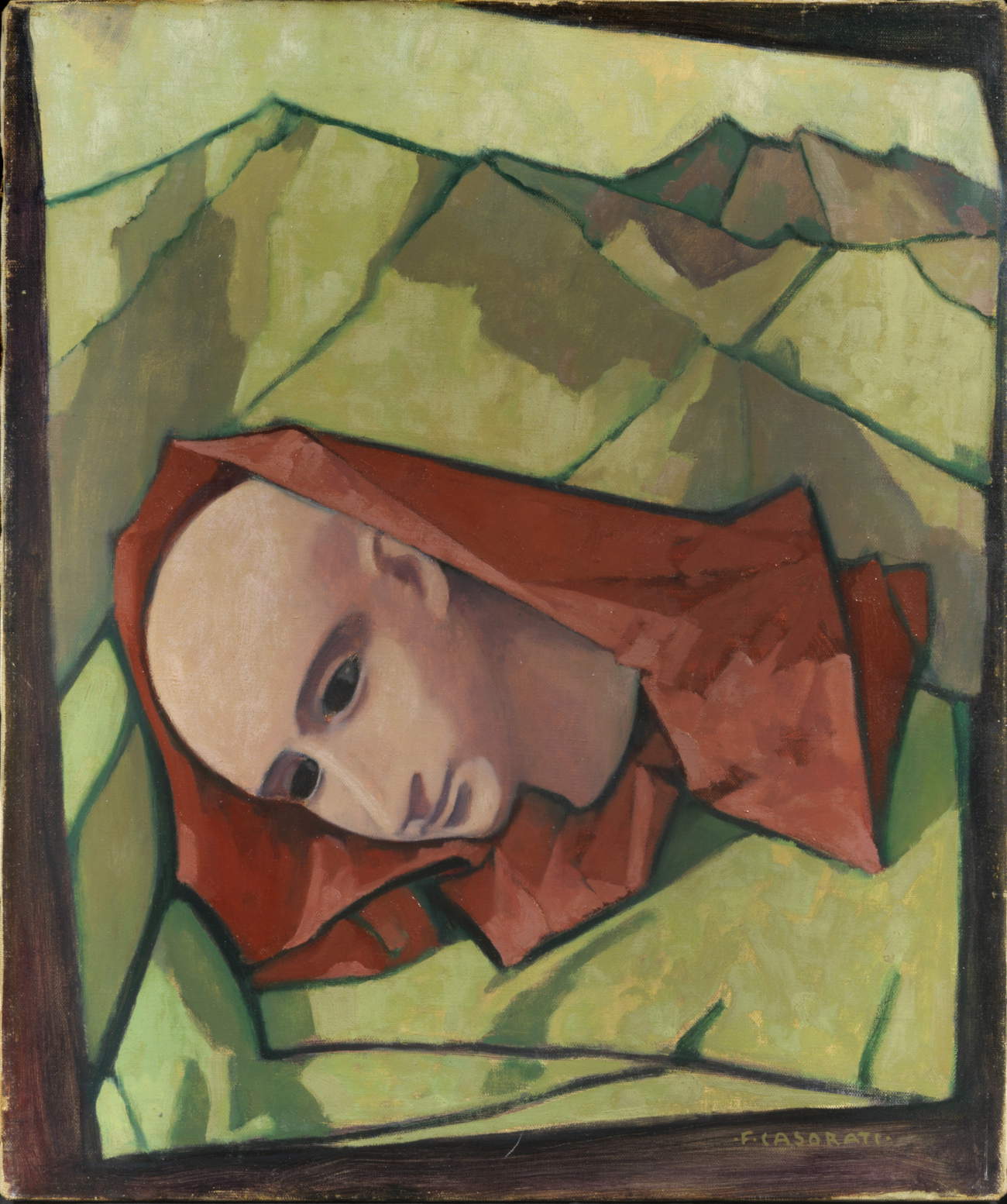
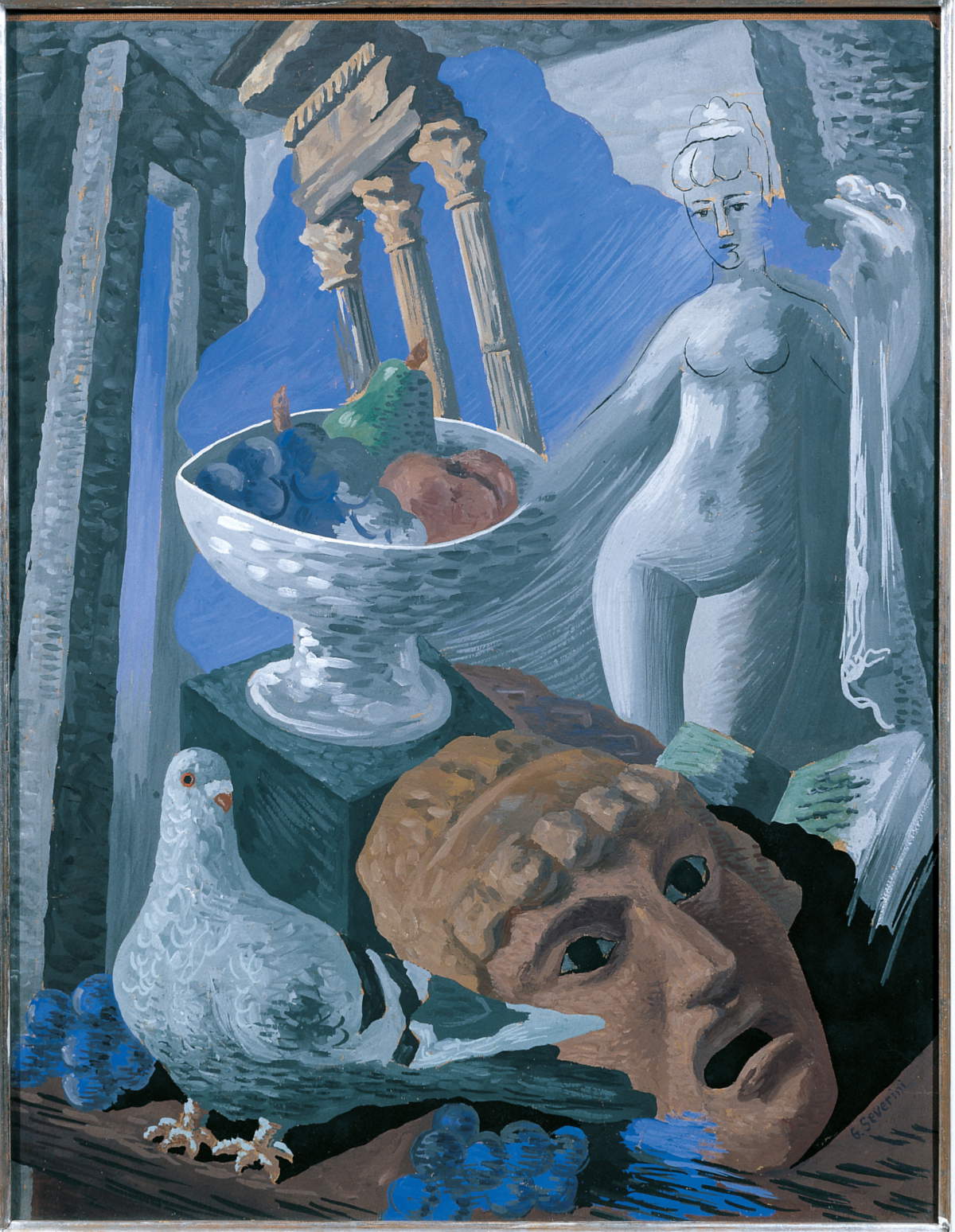
An entire section will be devoted to the marine theme, with Boats on the Beach (1930-32) by Casorati flanked by Marina (1941) and Lake Landscape (1943) by Carlo Carrà, Marine Idyll (1944) by Alberto Savinio and Landscape (1931) by René Paresce, an artist who was able to fuse Cubism with the Italian tradition.
The still life section will feature René Paresce with a Still Life (1922), Giorgio de Chirico with his Still Life (1934) and Ardengo Soffici with Peaches and a Vase (1952), in dialogue with works by Casorati such as Natura Morta (Apples and Flutes) (1954) and Fruit Bowl with Lemons and Eggs (1959). In these compositions, the balance between colors and the arrangement of objects conveys a feeling of intimacy and reflection. Fruttiera tra i campi (1955), with its vivid tones and orderly composition, will respond visually to de Chirico’s Natura morta nel paesaggio con uva, mele e pera (circa 1950) and Gino Severini’s Natura morta con grappoli d’uva, pere e bicchiere (1919).
Finally, in the section devoted to the nude, the masterpiece Nude on the Landscape (1951), chosen as the exhibition’s guiding image, will be flanked by Giorgio de Chirico’s Female Nude (ca. 1923) and Felice Carena’s Nude from the Back (1930).
The exhibition Silenzi e Assonanze (Silences and Assonances ) thus proposes a rich itinerary of comparisons between Felice Casorati and some of the most significant interpreters of the 20th century, offering an intended more comprehensive reading of his artistic language and the cultural consonances that marked 20th-century art.
Exhibition hours: Monday from 3 to 7 p.m.; Tuesday to Saturday from 10 a.m. to 1 p.m. and 3 to 7 p.m.
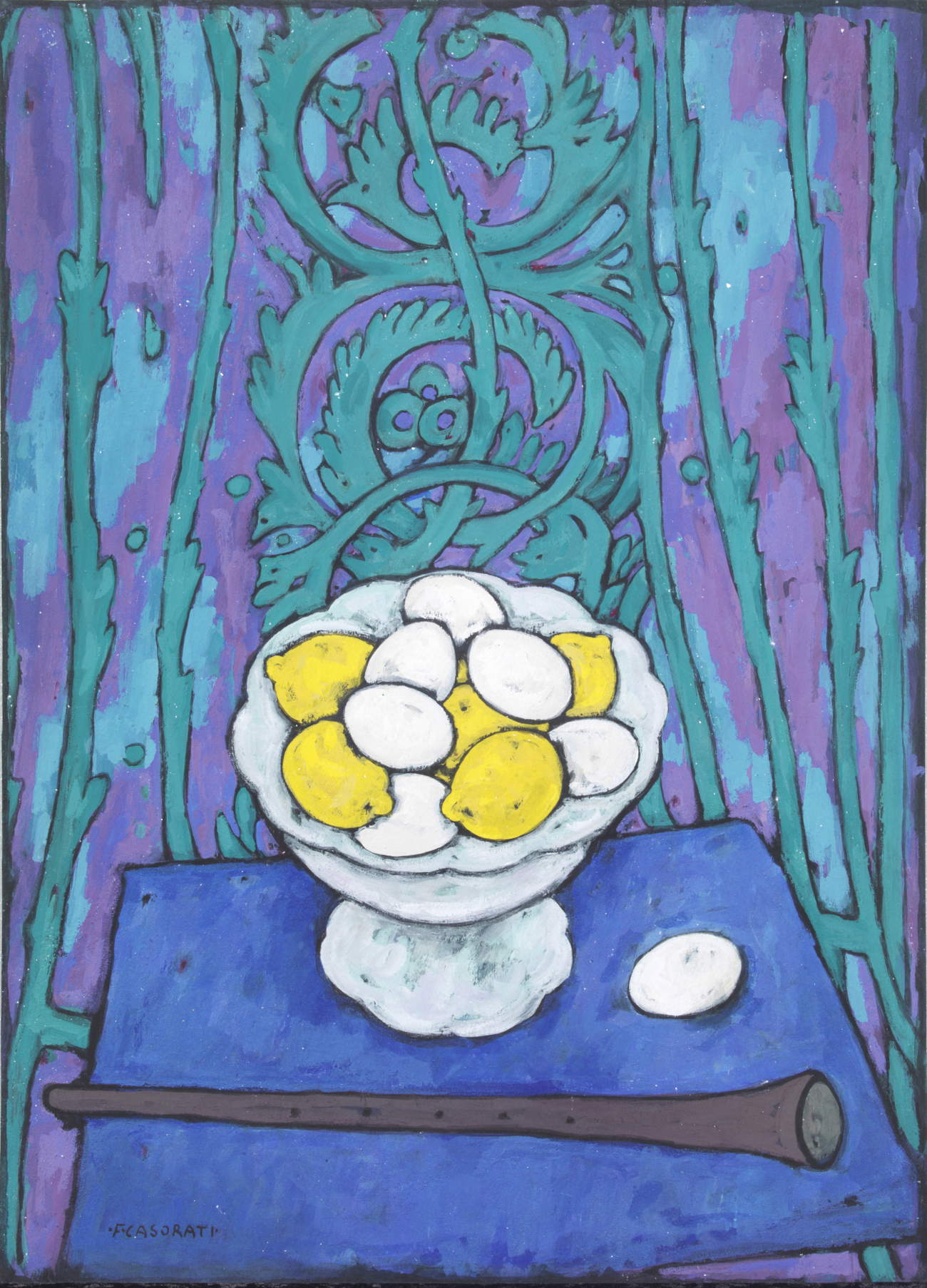
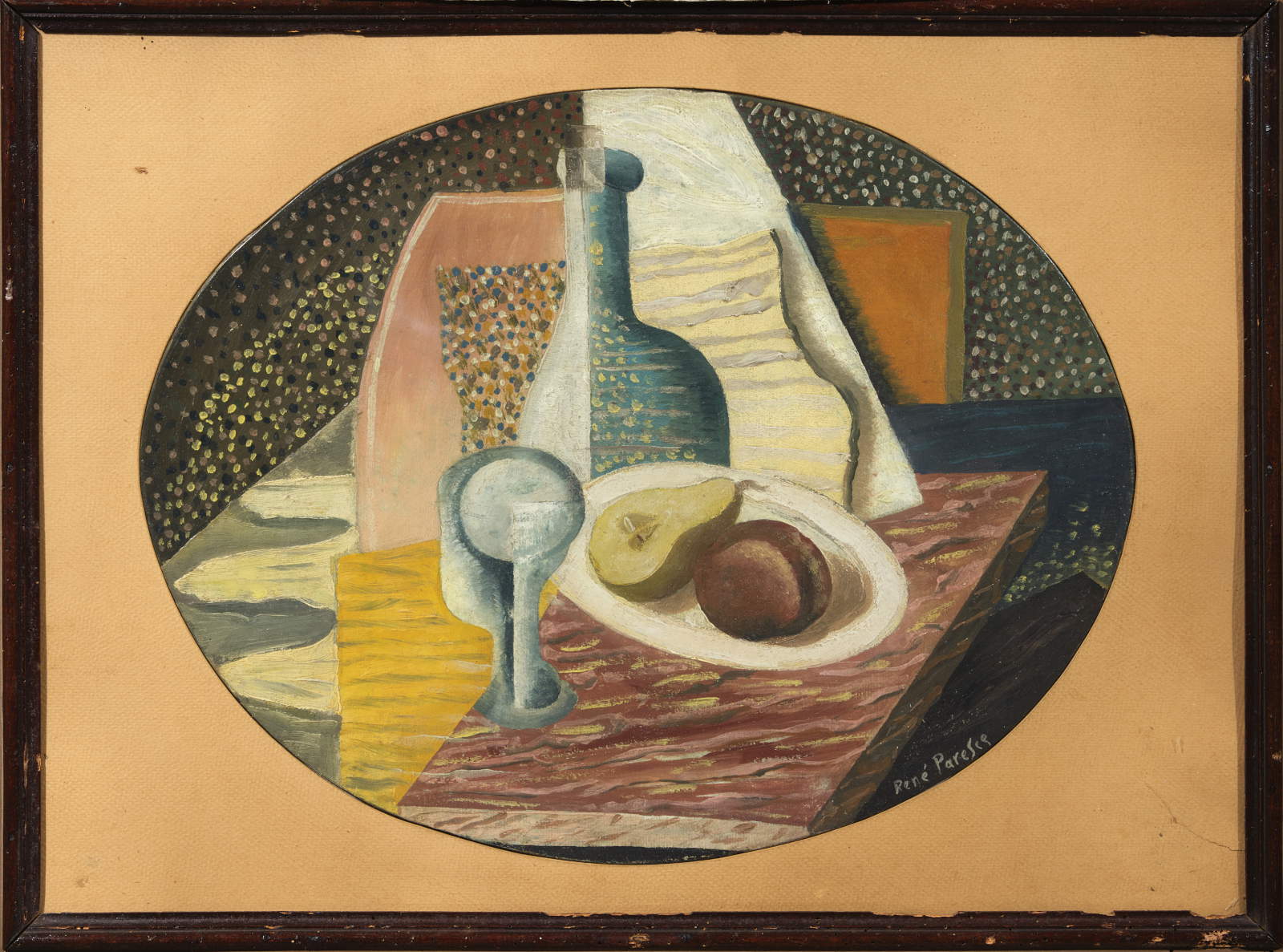
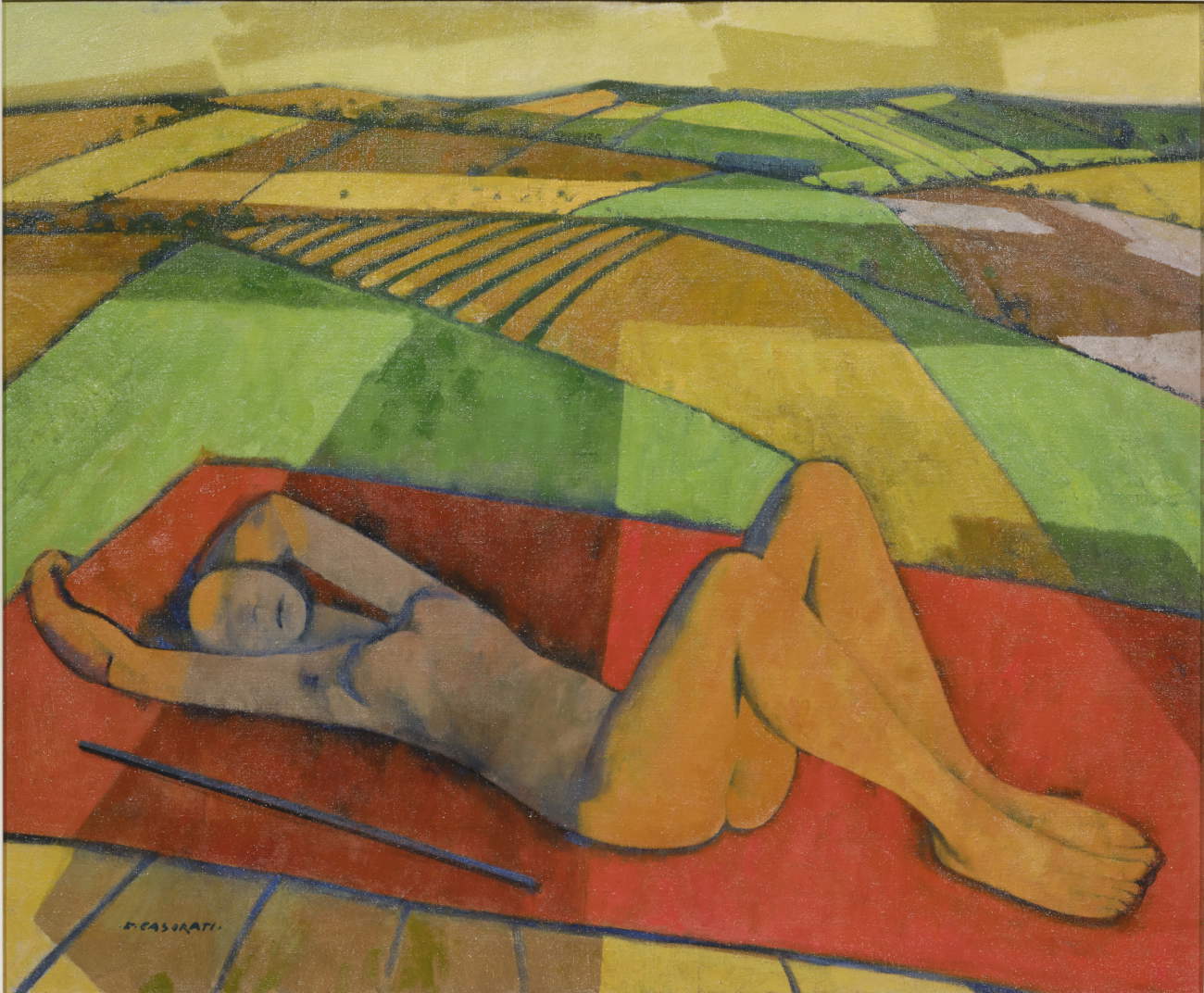
 |
| Milan, at Tornabuoni Arte an exhibition on Felice Casorati in dialogue with artists of the 20th century |
Warning: the translation into English of the original Italian article was created using automatic tools. We undertake to review all articles, but we do not guarantee the total absence of inaccuracies in the translation due to the program. You can find the original by clicking on the ITA button. If you find any mistake,please contact us.